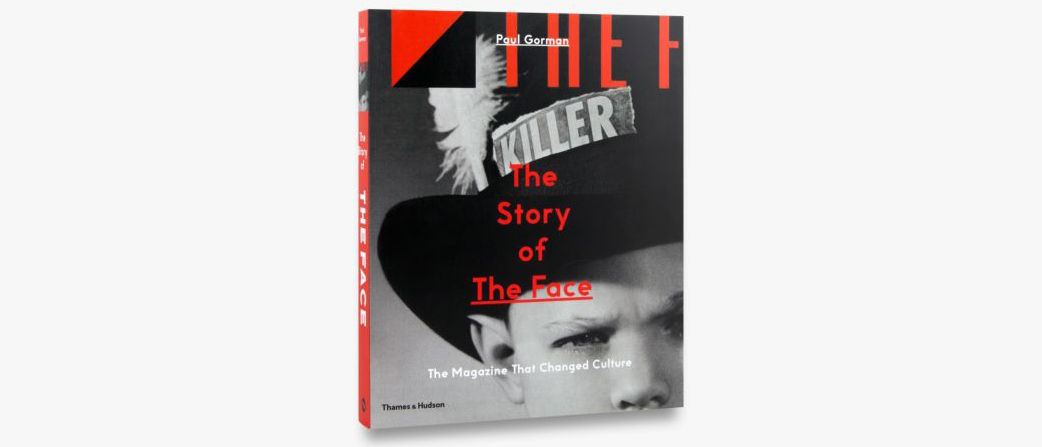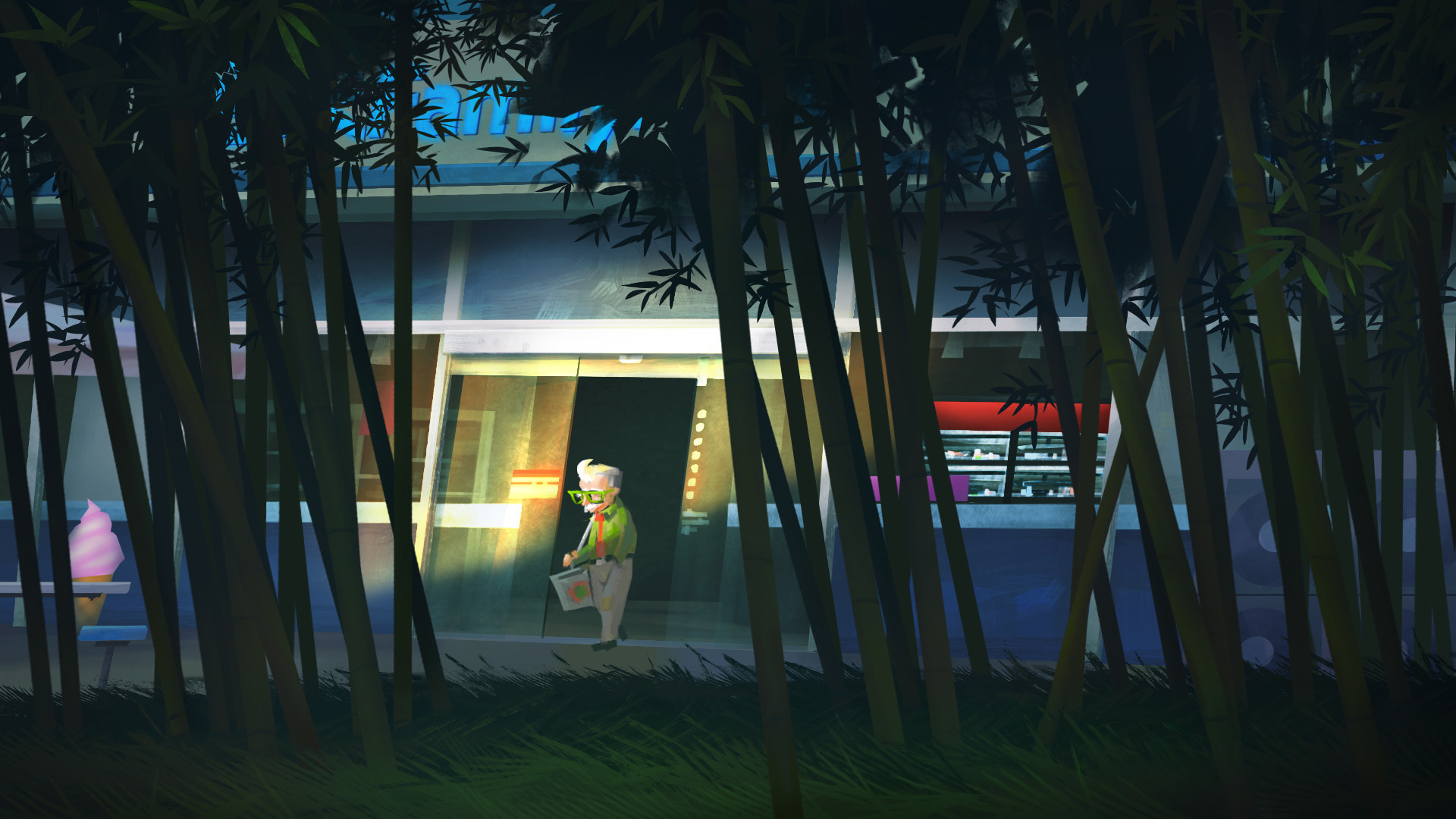Our Verdict
A weighty tome packed with stunning imagery and fascinating insights around one of the most iconic design reference points of late 20th century Britain. Buy the book for a sense of being cooler than most other people and pretending you were there when Britpop was relevant.
For
- Fascinating story
- Beautiful imagery
Against
- Rumours of Brody not being consulted
Why you can trust Creative Bloq
English comedian Adam Buxton recently described The Face (through the tongue firmly in his cheek) as a magazine which he “wasn’t allowed to buy” because he “wasn’t cool enough, and they were printed with special ink that burned you if you hadn’t taken enough drugs.”
While reports of that particular design flourish are unsubstantiated, what is confirmed is that The Face has an enduring reputation of being very, very bloody cool indeed. A vast number of people cited it as having changed their lives and careers at this year’s ModMag magazine conference (even though most of these people weren't yet embryos in the magazine’s heyday.)
So with all this rabid hipness, it’s little surprise that we now have a book telling the story of The Face – The Story of The Face: The Magazine that Changed Culture, by journalist and author Paul Gorman.
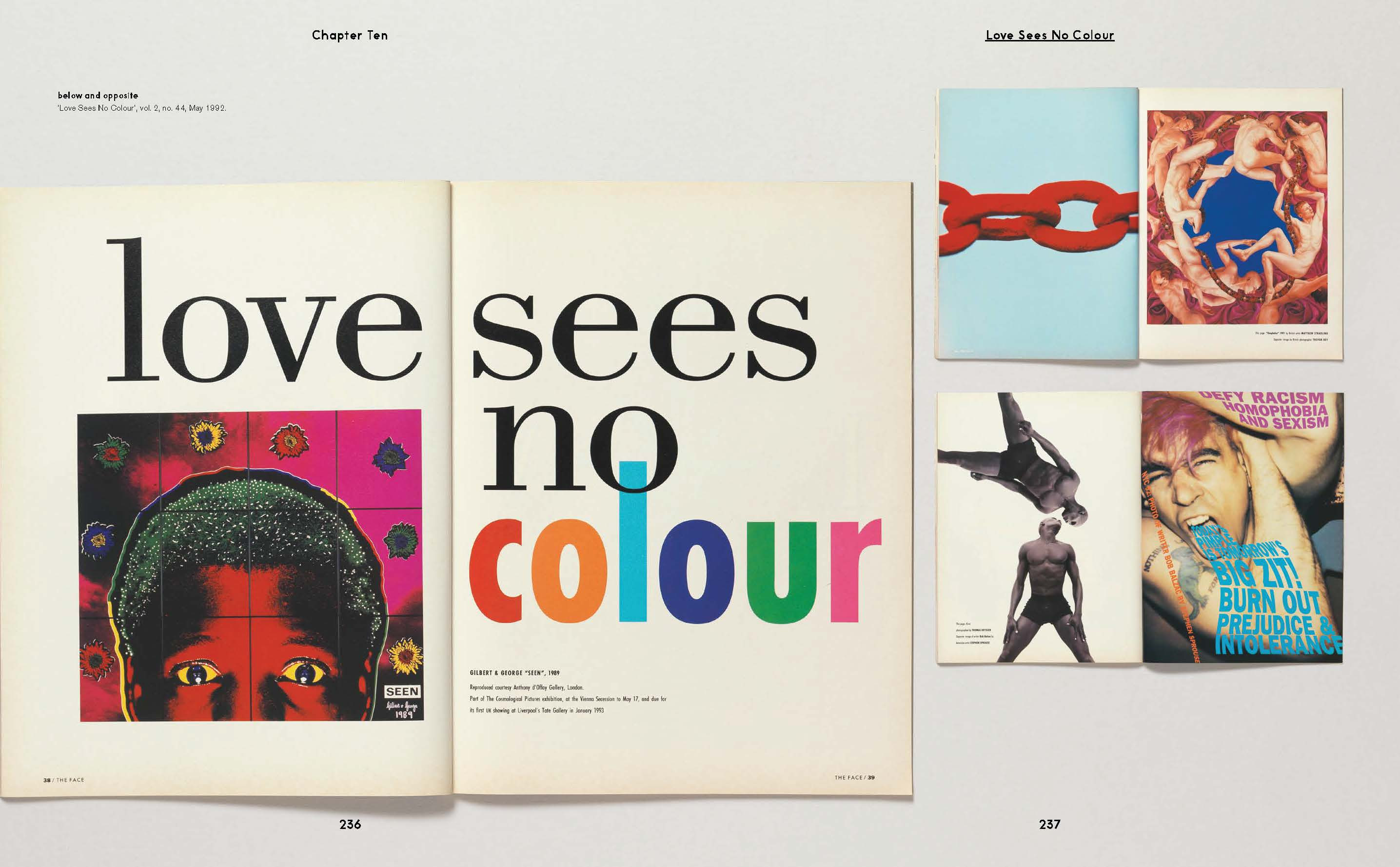
The Face was launched in 1980 by NME editor and Smash Hits creator Nick Logan, and blustered into being as a totally unapologetic, edgy enfant terrible that was the first of its kind to report on youth culture from a broader sphere than music alone.
Instead, the magazine looked at 'pop' and all that sprawling three letter word touched on through lenses of fashion, photography, film, drugs, and generally being a young person disillusioned with life under grey, right-wing Thatcherism.
And as with so many things adored by the young, The Face was as stylish as it was substantial in content: for the graphic design community, Neville Brody’s stunningly original and groundbreaking approach to editorial design was a watershed moment in what could be achieved and the boundaries that could be pushed when it came to typography, layout and art direction.
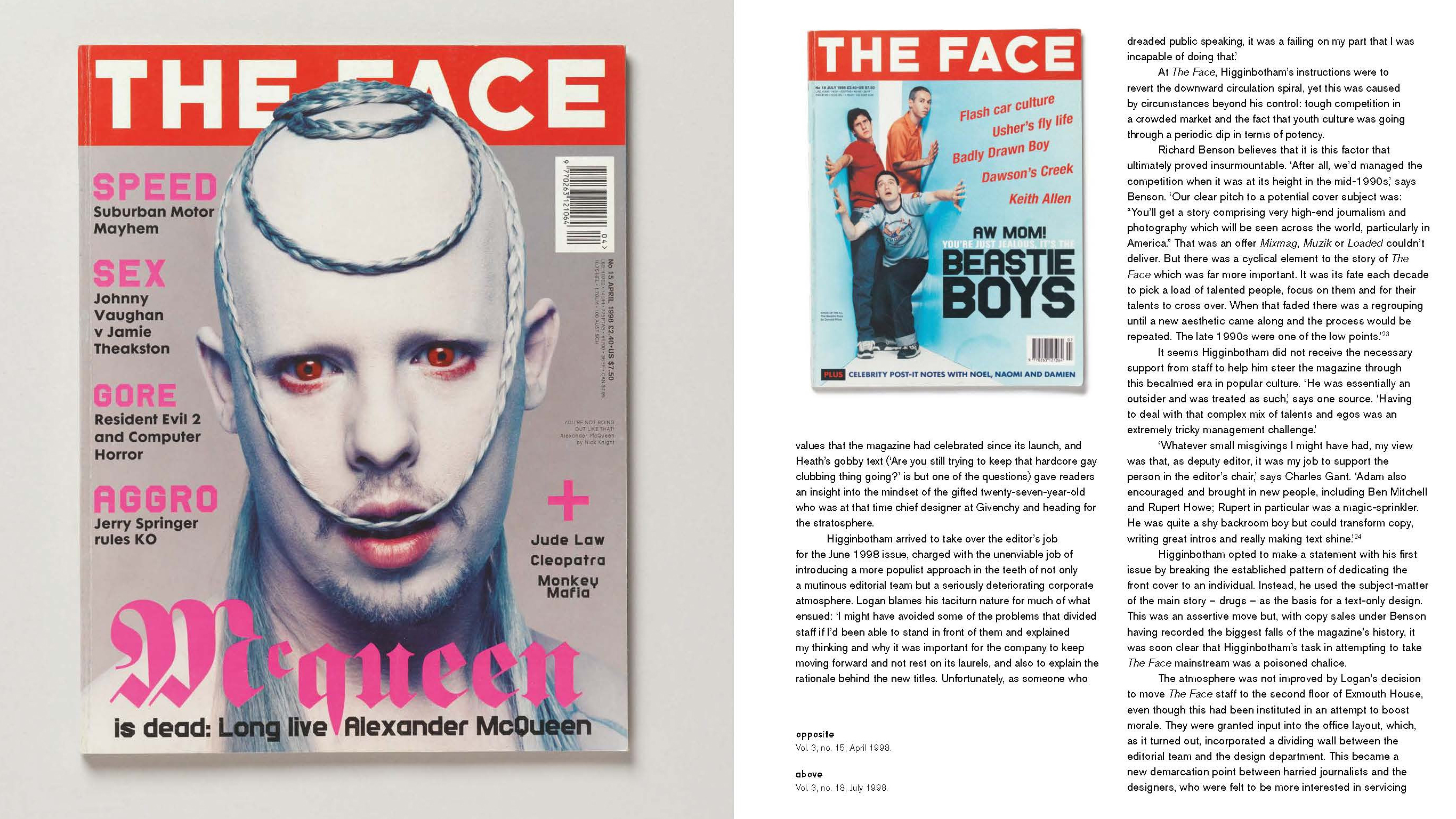
In an interview with The Guardian, Brody described The Face as “a living laboratory where I could experiment and have it published. Our golden rule was to question everything. If a page element existed just as taste or style, it could be abandoned. Page numbers could be letters or shapes increasing in size. We could start the headline on the page before.”
Brody was at the magazine from 1981 until 1986, by which time he says he had “reached the end of an era. The new had become the normal.”
So why do we need this book now? There’s talk of The Face being revived as a digital platform, so maybe Gorman knows something more about that than the rest of us.
But whatever the politics or relaunches or issues around The Face, the fact remains that for journalists, photographers, designers, and everyday suburban kids – whether in the 1980s or 2017 – it’s an artefact that remains bold and inspiring.
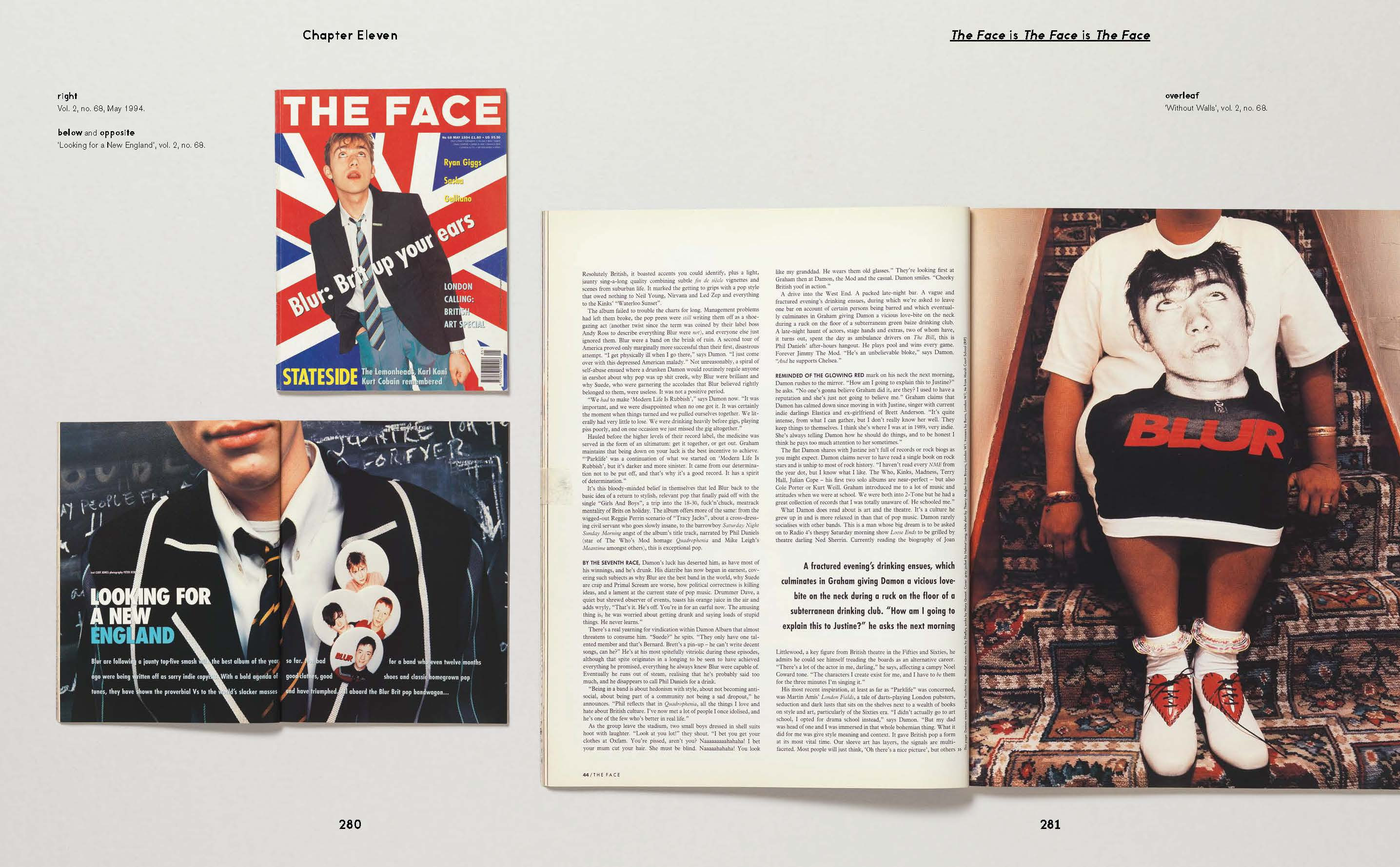
The fact that those feelings are echoed by 'the man' and big institutions (in 2011 The Face was added to the permanent collection of the Design Museum, London, and featured in the Postmodernism exhibition and the 2013 Club to Catwalk exhibition at the V&A), doesn’t mitigate the publication’s countercultural flair.
At a time when everyone and their guinea pig seems to be crowdfunding a magazine; yet where 'mainstream' publications are rapidly closing, it’s certainly an interesting time for publishing. And what this book does is tell of the lows of The Face, as well as its legacy and successes. And we all need a little injection of realism in our nostalgia occasionally.
Related articles:

Thank you for reading 5 articles this month* Join now for unlimited access
Enjoy your first month for just £1 / $1 / €1
*Read 5 free articles per month without a subscription

Join now for unlimited access
Try first month for just £1 / $1 / €1
out of 10
A weighty tome packed with stunning imagery and fascinating insights around one of the most iconic design reference points of late 20th century Britain. Buy the book for a sense of being cooler than most other people and pretending you were there when Britpop was relevant.

Emily Gosling is a freelance art and design journalist currently writing for titles including Creative Review, Eye on Design, Creative Boom and People of Print. She’s previously worked at Elephant magazine, It’s Nice That and Design Week, and was editor of Type Notes magazine. Her book Creative Minds Don’t Think Alike was published by Ilex Press in 2018, and she also plays bass as one-quarter of the eight-titted beast, Superstation Twatville.
